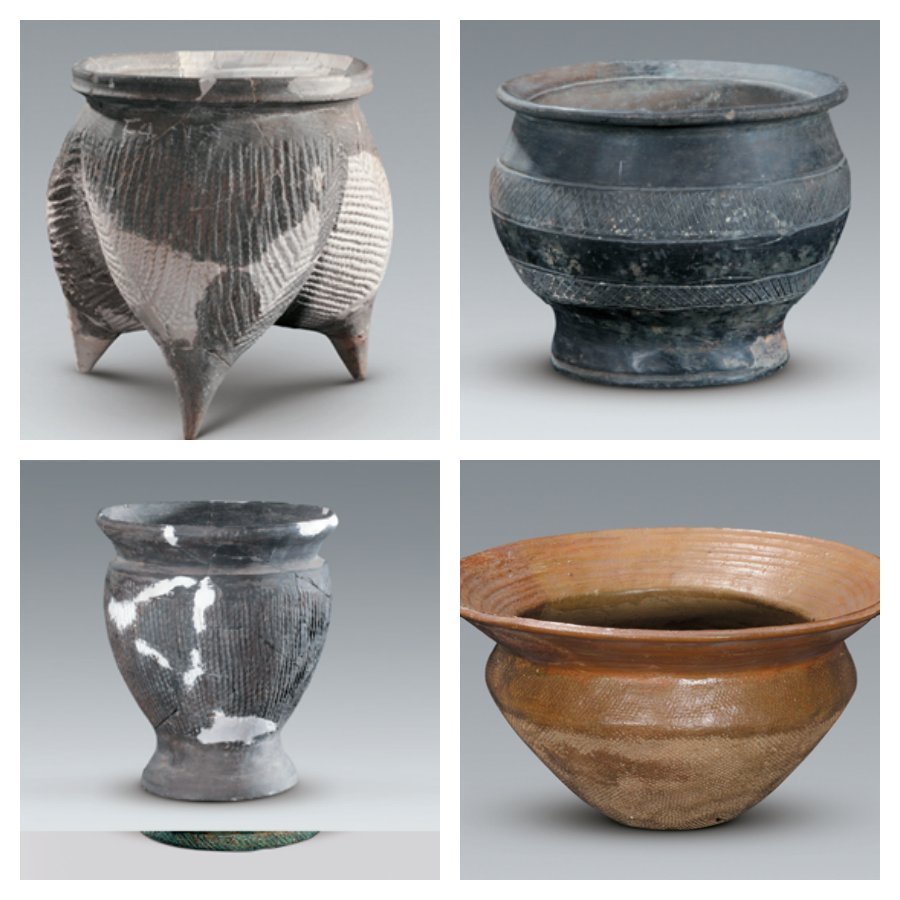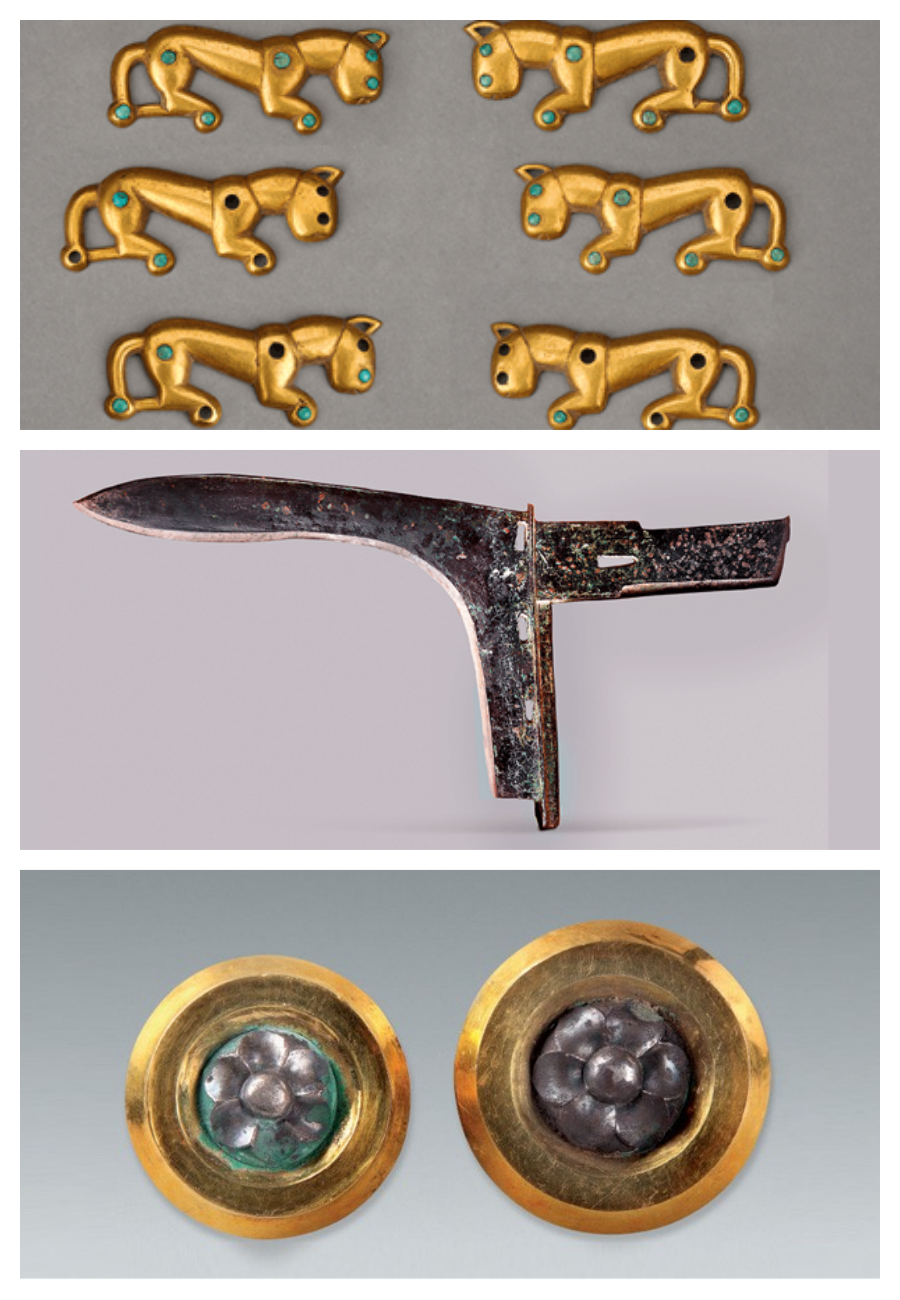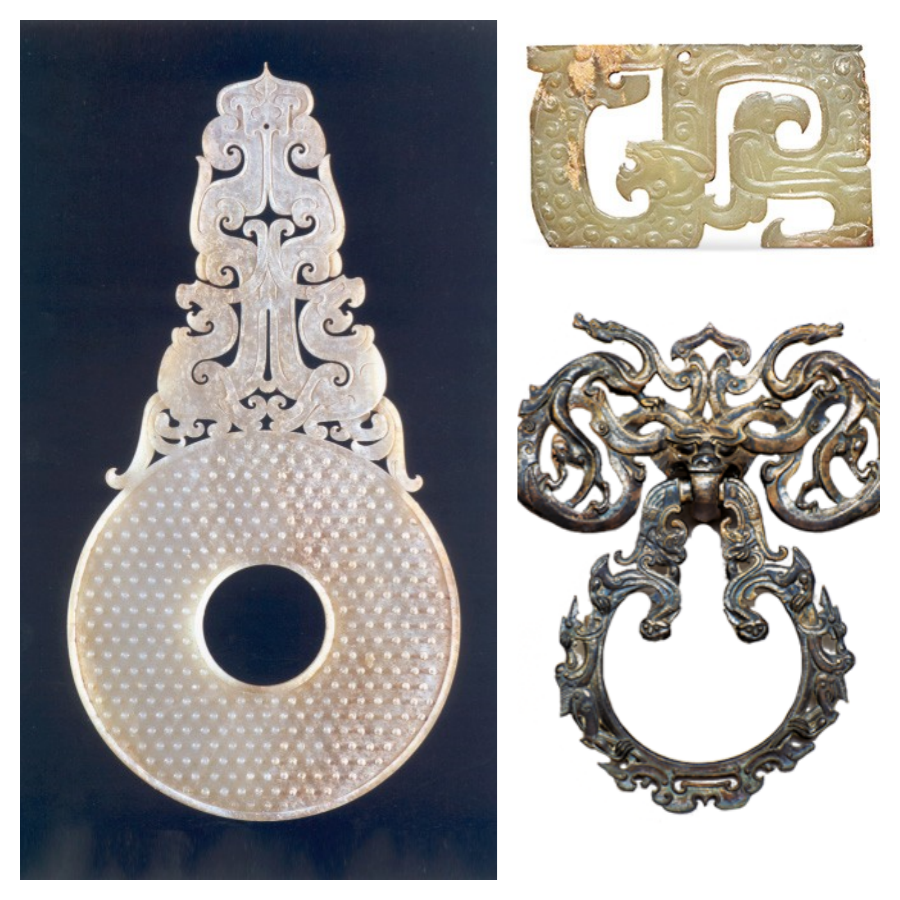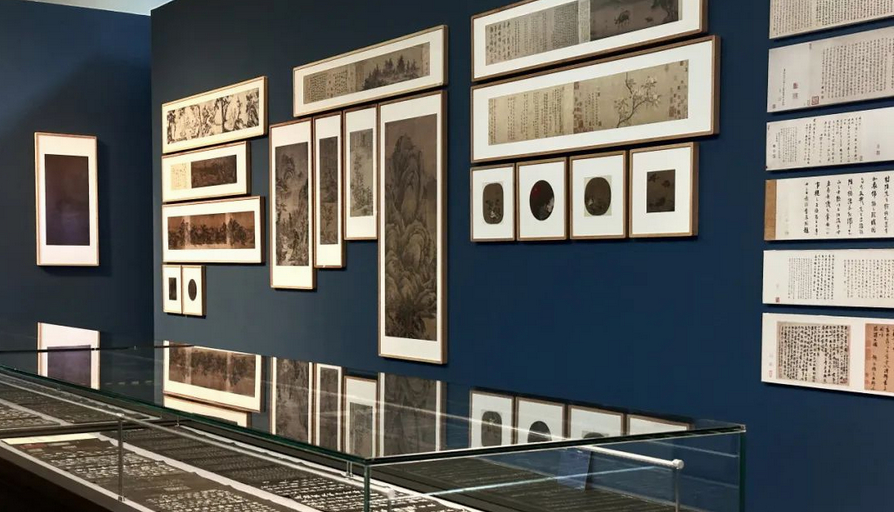
Have you ever heard of Shijiazhuang? It is the capital of Hebei Province, only 1 hour by train from Beijing, and has a population of 11 million as of 2023. Of course, I always knew about it, but I never made up my mind to visit. It is not well-known for its tourist resources.
On May 24, 2024, I took the train from Handan East to Shijiazhuang (17:08/17:46) and stayed overnight in Shijiazhuang. I was quite tired after a day in Handan, so I didn’t go out of the hotel that night.

On May 25, 2024, I visited the Hebei Museum, which is just opposite my hotel, and then took the train from Shijiazhuang to Beijing West (13:25/14:26). My hotel and the Hebei Museum are both well connected to Shijiazhuang station by subways, and I didn’t explore other places.
So, I literally spent half a day in the museum only during my first visit to Shijiazhuang. But the visit to the museum left a great impression on me. I couldn’t help telling my husband about what I learned the same day I got back to Beijing.

My tour started from the South Hall since I needed to check in my bag here because the lockers were all full in the North Hall. This turned out to be a wise decision since the exhibitions in the South Hall are so rich that I didn’t really have much time left to spend in the North Hall.

I was very glad to find that there were some free guided tours for the whole South Hall and for each floor. I chose the one for the whole South Hall which took place from 09:45 to 12:00, which was perfect timing for me.

It was nice to see that people were so eager to learn. Each guide was followed by a large group of visitors.

On the 3rd floor, You will see pottery, stone tools, and bone tools unearthed from the Beifudi Site and Cishan site, dating back about 8,000 to 10,000 years. You will also see bronze ware, pottery, and ironware unearthed from the Shang Dynasty, which dates back more than 3,000 years, as well as items from the Western and Eastern Zhou Dynasties (including the warring states period), dating back from 2,000 to 3,000 years.






The 2nd floor holds the essence of the museum.
I was most impressed by the hall "The Heroic Spirit of the Warring States - Ancient State of Zhongshan." on the second floor. I had no knowledge of this state before this visit. The archaeological excavation of the ancient State of Zhongshan is one of the significant archaeological discoveries in China during the 20th century. Since the 1970s, archaeologists have explored the ancient capital of the State of Zhongshan, Lingshou City, located in Sanji Township, Pingshan County, Hebei Province, during the Warring States period. They have excavated the tomb of Duke Cheng of Zhongshan, the tomb of King Ying of Zhongshan, and Tombs No. 3, 4, and 5 of the Zhongshan royal family, along with over a hundred tombs of nobles and commoners. Together, more than 20,000 cultural relics have been unearthed, bringing the heroic spirit of Zhongshan back to life.


On the second floor, the Hall "The Last Song of the Great Han - Mancheng Han Tombs" has some amazing exhibitions too. The Mancheng Han Tombs are located in Lingshan, Mancheng County, Baoding City. They are the tombs of Liu Sheng, the first generation of Prince Jing of the Western Han Dynastys Zhongshan State, and his wife, Dou Wan. The tombs were excavated in 1968. Carved into the mountain, the two tombs are grand in scale and complex in structure, with luxurious and extravagant burial goods, which can be regarded as a luxurious underground palace. More than ten thousand cultural relics of various types, including gold, silver, copper, iron, jade, stone, pottery, lacquer, and glass, were unearthed. The richness of the types and the exquisiteness of the craftsmanship are rare among the excavated Han tombs, and it was rated as one of the top 100 archaeological discoveries of the 20th century in China.

The two sets of gold-threaded jade burial suits unearthed from the Mancheng Han Tombs, one for Liu Sheng and the other for Dou Wan, are the earliest found, highest in rank, and most completely preserved gold-threaded jade burial suits discovered in Chinas archaeological excavations.

On the first floor, there are exhibitions like "Quyang Stone Carving", "Famous Kilns and Famous Porcelain", and "Northern Dynasties Murals". They are all impressive and fascinating to me.



In the North Hall, I quickly toured the " The Great Series of Chinese Ancient Paintings Special Exhibition in Hebei," which is divided into four sections to display over 1100 fine drafts of Chinese ancient paintings collected in the "Great Series."

There are quite a few nice natural and cultural sites in the surrounding areas of Sijiazhuang but I didn’t have time to visit them this time. E.g. Zhengding Ancient City is definitely worth a visit. Baodu Zhai, Cangyan Mountain and Tiangui Mountain all look very beautiful.
Cheers: The bronze jar and liquor from the Tomb of King Cuo, Zhongshan State, 2000 years ago.

Yours Truly
Angie Guo – Charmission Travel
